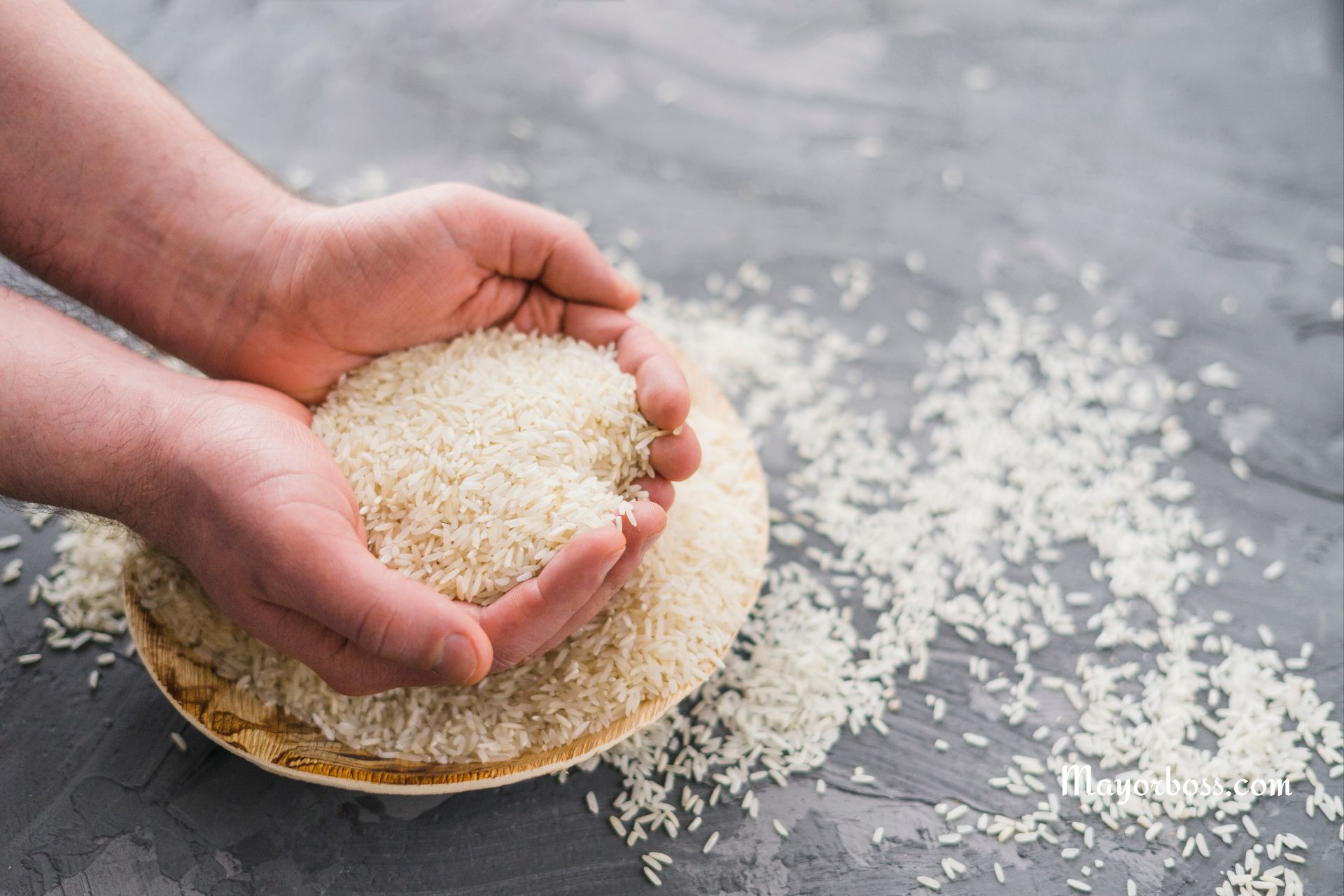Expiration Dates Don’t Exist For These Food
Have you ever found yourself scrutinizing the expiration date on a food package, wondering if it’s still safe to eat? You’re not alone! However, it might surprise you to learn that for some foods, expiration dates are more of a guideline than a hard-and-fast rule. So, let’s take a look at the topic and discover which foods have a surprising resilience beyond their “best by” dates.

1) Honey
Honey is a fascinating substance. It’s one of those rare foods that can last indefinitely, thanks to its unique composition. Honey’s low moisture content, high acidity, and the presence of natural preservatives like hydrogen peroxide work together to create an environment where bacteria and molds struggle to grow. So, even if your honey crystallizes or changes color, it’s still perfectly safe to eat. Just give it a gentle warm-up, and it will return to its golden, syrupy state.
2) Salt
Salt, by its very nature, is a preservative. Historically, it has been used to extend the shelf life of foods. But what about the salt itself? It turns out that salt does not spoil. Its expiration date is more about quality, ensuring that it remains free-flowing and doesn’t clump. As long as you keep it dry, your salt will last for ages.
3) White Rice
White rice, when stored properly, has an incredibly long shelf life. Its expiration date can often be extended far beyond what’s printed on the package. The key is to store it in a cool, dry place. In these conditions, white rice can remain safe to eat for 25 to 30 years. However, this doesn’t apply to brown rice, which has a higher oil content and can go rancid.
4) Dried Beans
Dried beans are another food where the expiration date is more about quality than safety. Over time, dried beans may lose some of their moisture, making them take longer to cook. But they don’t really “go bad” in the traditional sense. As long as they’re stored in a dry, airtight container, they can last years beyond their expiration date.
5) Vinegar
Vinegar, like honey, is naturally acidic, and this acidity makes it difficult for bacteria and other pathogens to survive. While certain types of vinegar may change in flavor or appearance over time, they generally remain safe to consume long past their expiration date.
6) Sugar
Sugar, whether it’s white, brown, or powdered, can last indefinitely if it’s kept dry and free from contaminants. Its preservation ability stems from its low moisture content, which inhibits the growth of bacteria and molds. Clumping might occur, but this is more of a nuisance than a sign of spoilage.
7) Hard Liquor
Hard liquor, such as whiskey, vodka, and rum, has an indefinite shelf life. The high alcohol content in these spirits acts as a preservative. While they can undergo changes in flavor if not stored properly, they don’t spoil in the way perishable foods do.
In conclusion, while it’s always important to pay attention to expiration dates for many foods, particularly perishables, there are some items where these dates are more of a quality indicator than a safety warning. Always trust your senses – if something smells or looks off, it’s better to err on the side of caution. But for these durable foods, you can often rely on them well beyond the date on the label.
